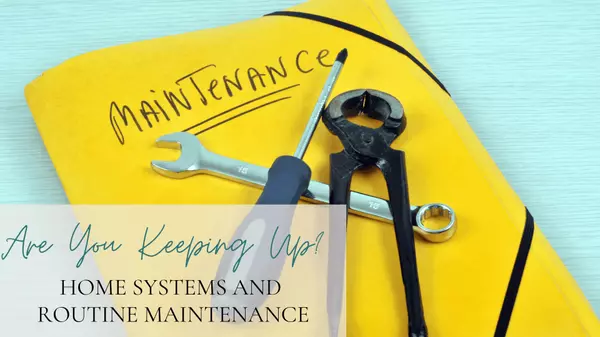Rebuilding Costs: A Fresh Perspective on How Much Homeowners Insurance You Really Need

When it comes to buying a home, there are many financial and planning responsibilities. Unfortunately, many of us lack the expertise when it comes to home repairs and insurance coverage, and that's where things can get tricky.
Think about it, being a teacher, first responder, investment banker, or office staffer doesn't automatically make you an insurance expert or a construction guru. Yet, as homeowners, we're expected to carry a certain level of insurance coverage without truly understanding what it entails. Often, we end up settling for insurance that merely covers the purchase price or blindly follow someone else's advice. But those approaches could leave you in a tight spot when disaster strikes.
 Total Replacement Costs
Total Replacement Costs
There's a significant difference between your home's purchase price, assessed value, and the total cost to rebuild it from scratch. Take a moment to let that sink in. What you paid for your home and its assessed value have absolutely nothing to do with what it would actually cost to rebuild in the event of a total loss.
Construction costs are determined by market prices, including building materials and labor expenses, which can vary from one region to another. Add to that the unpredictability of material shortages and shifting wages, and you've got a recipe for potential headaches. National averages for home construction range from $117 to $125 per square foot, but keep in mind that these figures are ever-changing.
When you're rebuilding a home after a catastrophic event like a hurricane, tornado, flood, or fire, it's not just about the construction costs. There are other factors to consider. The damaged property needs to be cleared, and that comes at a cost. You might need to obtain building permits and licenses, which means additional expenses. And let's not forget about securing architectural blueprints and designs—another expense on your plate. Then there is the challenging permitting process, which might force you to find temporary accommodation while your home is being rebuilt. As you can see, there are plenty of unforeseen expenses.
Consider "Specialty Buidling" Costs
If you happen to own an older home with high-quality materials that are considered specialty items today, you can bet that replacing them will be pricier than using common building materials. Think about those elegant rounded archways or charming plank-board floors—they add character but can come with a hefty price tag. It's crucial to take these factors into account when determining your insurance coverage. How Do You Recalculate Homeowners Insurance?
How Do You Recalculate Homeowners Insurance?
It's time to roll up your sleeves and get down to some number crunching. Calculate the square footage of your home and compare it with average construction costs in your area. Don't forget to factor in those specialty items, permitting expenses, clearing and removal costs, and any other hidden surprises that might arise. As a rule of thumb, add an extra 10-20 percent to be safe. Surprisingly, insurance experts estimate that the average home is underinsured by as much as 22 percent! Imagine having to cover those overages out of your own pocket once the coverage limit is reached. To avoid that scenario, don't hesitate to consult reputable home builders or insurance experts who can guide you through this process.
Remember, full coverage means accurately accounting for all the rebuilding costs. Your home deserves the protection it needs, and you deserve the peace of mind that comes with it. So, if you're curious about finding reliable home builders or insurance providers who can help you navigate these complexities, don't hesitate to Contact Us. We're here to support you every step of the way, ensuring that your home and your financial future are safeguarded.
*Sources:
Categories
Recent Posts











